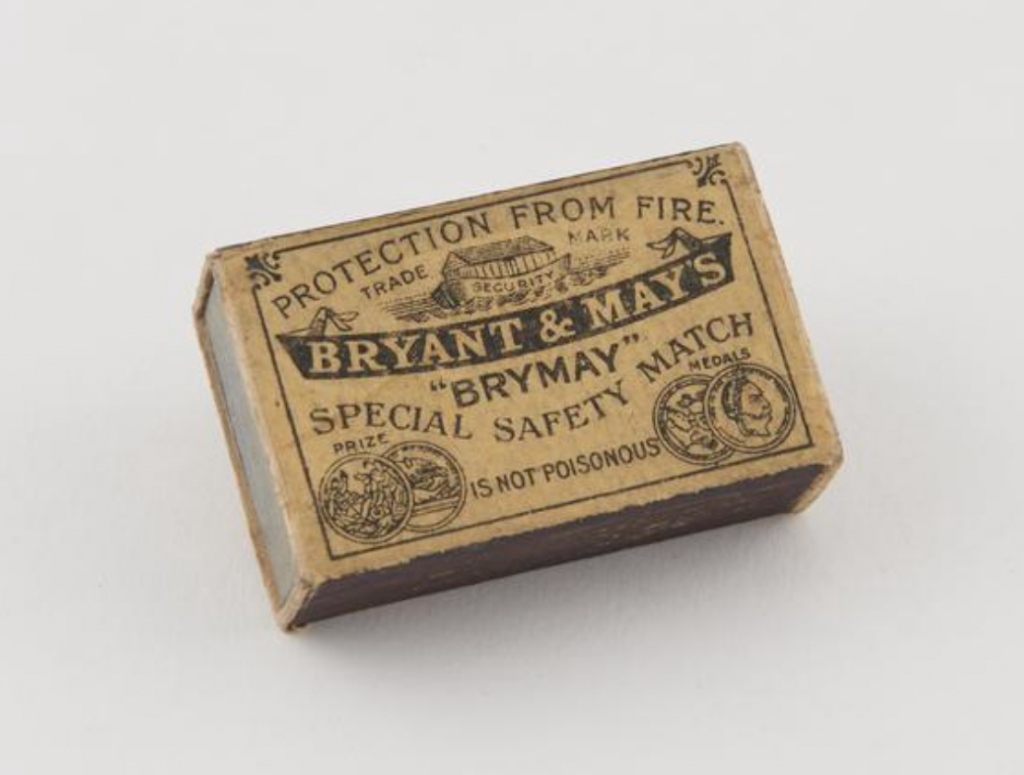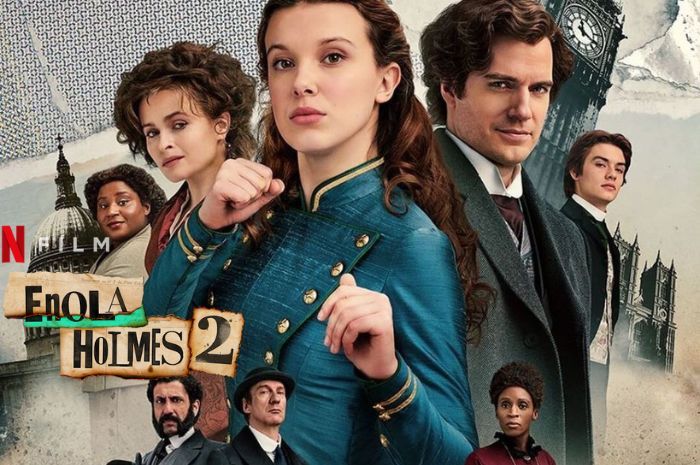World renowned actress, Millie Bobby Brown, recently released the movie Enola Holmes 2, which she starred in and directed. In comparison to the first movie in the series, the sequel is much more history-heavy, which makes it more engrossing to watch. Based on a true story, the film takes place in the late 1800s in England and tells the story of “Matchstick Girls.” A fate shared by many women, said “Girls” worked in matchstick factories in horrifying conditions; the film depicts the sad reality of many young women who were negatively impacted by working in these factories.
Finally, after years of maltreatment, the Matchstick Girls went on strike in June of 1888, fighting for their rights (“Match Girls Strike”). In addition to the intense daily labor the women had to endure, what made the conditions of the matchstick factories and lives of the Matchstick Girls so unbearable?
The Matchstick Girls, whose ages ranged from 14 to 18, lived in poverty because of the incredibly low factory wages. They worked 14 hours a day, and their income would be cut for taking small actions such as speaking or going to the bathroom (“Match Girls Strike”). Not having much money caused them to stay in uncomfortable and unsanitary living arrangements. In addition to all of this misery, the Matchstick Girls were breathing in toxic fumes every day. Specifically, they were exposed to phosphorus in their working environment (“Strike Committee of the Matchmakers’ Union”). Normally, phosphorus does not prove poisonous. In fact, 1% of the human body is made up of this non-metallic chemical element (Thomas and Gillingham). Additionally, when a phosphorus atom is joined by four oxygen atoms, it is completely safe and healthy because it creates phosphates, which are good for bone health. However, too much pure phosphorus can be deadly.

The phosphorus that the Matchstick Girls were affected by was part of the matches themselves. The white tips of the matches were made from this deadly chemical. Many women suffered from what was called “phossy jaw” (“Strike Committee of the Matchmakers’ Union”). In Enola Holmes 2, the factory owners call the sickness typhus as a cover-up for what is really happening. Phossy jaw caused the jaw bone to rot, and the Matchstick Girls often died from this disease after it spread to the brain. Doctors would have to remove their jaws to save them, and even still, the women would have a lower life expectancy (“Strike Committee of the Matchmakers’ Union”). Ultimately, the Matchstick Girls were barely earning enough money to survive, and on top of that, the phosphorus was killing them.

A major part of the plot in the movie centers around Enola Holmes trying to solve a case where she needs to find a Matchstick Girl called Sarah Chapman. Interestingly, Sarah Chapman was a real historical figure who played a big part in the liberation of the Matchstick Girls. The photo above depicts Sarah; she is the woman second from the top left. She was one of the leaders who led the strike in 1888. Before the strike, women’s rights activist Annie Besant published an article in the weekly newspaper, The Link, in which she described how bad the working conditions were for the women. Soon after the article was published, one of the workers was fired, which set the strike in motion. After the strike, the conditions rightfully improved and so did the pay; however, 12 years passed until Matchstick Girls fully stopped using phosphorus in the matchstick factories (“Match Girls Strike”).
Many viewers hadn’t heard the story of the Matchstick Girls until Enola Holmes 2 was released; I applaud Millie Bobby Brown for making a blockbuster, action-packed movie that is not only entertaining, but also reveals an important historical story centered around women’s working rights and female solidarity.
Bibliography:
Best, Catherine. “Meet the Matchstick Women – the Hidden Victims of the Industrial Revolution.” The Conversation, 13 Sept. 2022, https://theconversation.com/meet-the-matchstick-women-the-hidden-victims-of-the-industrial-revolution-87453.
“Cardboard and Chipboard Safety Matchbox, ‘Brymay’ Trademark, Made by Bryant and May, 1920-1960.” Science Museum Group, https://collection.sciencemuseumgroup.org.uk/objects/co159185/bryant-may-brymay-safety-matches-london-england-1890-1940-match-box. Accessed 29 Nov. 2022.
“Enola Holmes 2 Movie Cover Advertisement.” Filmaffinity, 4 Nov. 2022, https://www.filmaffinity.com/es/film927350.html. Accessed 29 Nov. 2022.
Killgrove, Kristina. “Matchsticks Once Sickened and Deformed Women and Children.” Mental Floss, 4 May 2016, https://www.mentalfloss.com/article/79545/matchsticks-once-sickened-and-deformed-women-and-children.
“Match Girls Strike.” The British Library – The British Library, https://www.bl.uk/learning/timeline/item106451.html#:~:text=Conditions%20were%20appalling%20for%20the,in%20the%20matches%20%2D%20was%20common.
“Strike Committee of the Matchmakers’ Union.” The Conversation, 8 Mar. 2018, https://theconversation.com/meet-the-matchstick-women-the-hidden-victims-of-the-industrial-revolution-87453. Accessed 19 Nov. 2022.
Thomas, Isabel, and Sara Gillingham. Exploring the Elements: A Complete Guide to the Periodic Table. Phaidon Press, Inc., 2021.“What Was the Significance of the Match Girls’ Strike in 1888?” The National Archives, 9 Aug. 2022, https://www.nationalarchives.gov.uk/education/resources/what-was-the-significance-of-the-match-girls-strike-in-1888/.


Thanks, Julia for this interesting article. This happened many years ago and we still need to fight for women’s rights and solidarity. I’m impressed that a young girl like you can see in-depth the historical context of a movie.